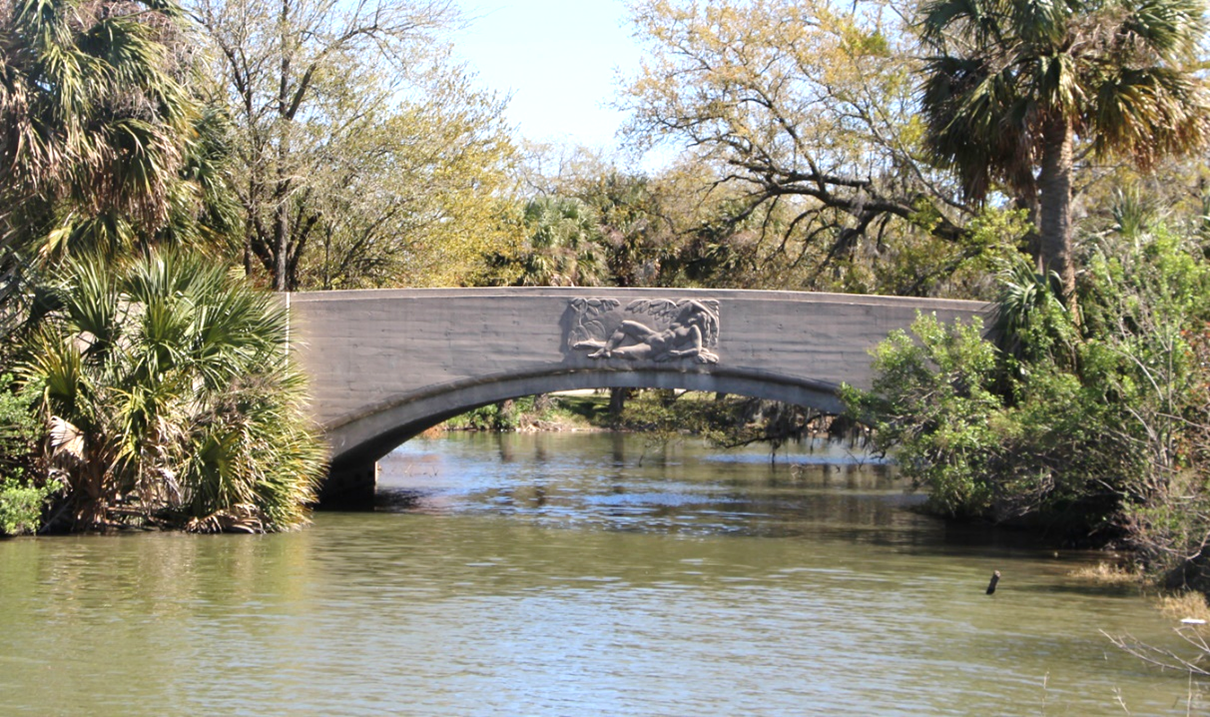SECTION 106 OVERVIEW
OBJECTIVES
This portion of the tutorial will acquaint you with the National Historic Preservation Act (NHPA), focusing on Section 106. It will also provide an overview of the key steps in the Section 106 review process that derives from the regulations implementing Section 106. When you have finished, you should have a basic understanding of the purpose and requirements of Section 106, the key steps in the Section 106 review process, and the role of Section 106 in the context of FHWA’s transportation project delivery.
OVERVIEW
The NHPA is the national policy on the preservation of historic and cultural places. It established the Advisory Council on Historic Preservation (ACHP), which developed the regulations for implementing Section 106. Section 106 is triggered when a Federal agency determines that it has a type of undertaking that has the potential to affect historic properties. These are typically the same actions that trigger project review under the National Environmental Policy Act (NEPA). Although often integrated into the NEPA process, Section 106 imposes an independent legal requirement on FHWA and has distinct requirements apart from NEPA.
Section 106 requires a Federal agency, such as FHWA, to 1) take into account the effects of its actions on properties listed in or eligible for listing in the National Register of Historic Places (defined in the Section 106 regulations as “historic properties”), and 2) provide the ACHP an opportunity to comment on the agency’s actions. A Federal agency must complete these two requirements prior to the expenditure of any Federal funds or issuance of a Federal approval for a project.

A historic bridge is a typical project for FHWA to address Section 106. This reinforced-concrete arch bridge is located in City Park in New Orleans. Photograph courtesy of Mead & Hunt.
The ACHP’s Section 106 regulations lay out the process and steps on how a Federal agency is to address these two requirements, and thus fulfill the agency’s Section 106 responsibilities. The heart of this process is consultation with State Historic Preservation Officers (SHPOs), Federally recognized Tribes (Tribes), applicants for Federal funding or approvals, local governments, the public, and others with a demonstrated interest (see Section 106 Participants: Roles and Responsibilities).
Four key steps take place in the Section 106 review process:
- Initiating the Section 106 review process
- Identifying historic properties within a project area
- Assessing if a project will have an adverse effect on any historic properties
- If there is an adverse effect, identifying and ensuring the implementation of measures to resolve any adverse effect
For FHWA-funded or approved transportation projects, FHWA is legally responsible for seeing that the Section 106 process is carried out correctly, following the Section 106 regulations. In almost all cases, FHWA has the final authority in making Section 106 decisions. Specific exceptions to this legal responsibility and authority are discussed in more detail under Section 106 Participants: Roles and Responsibilities.
For questions or feedback on this subject matter content, please contact David Clarke.

